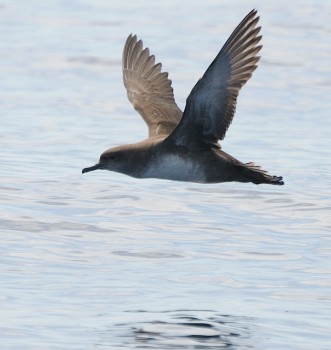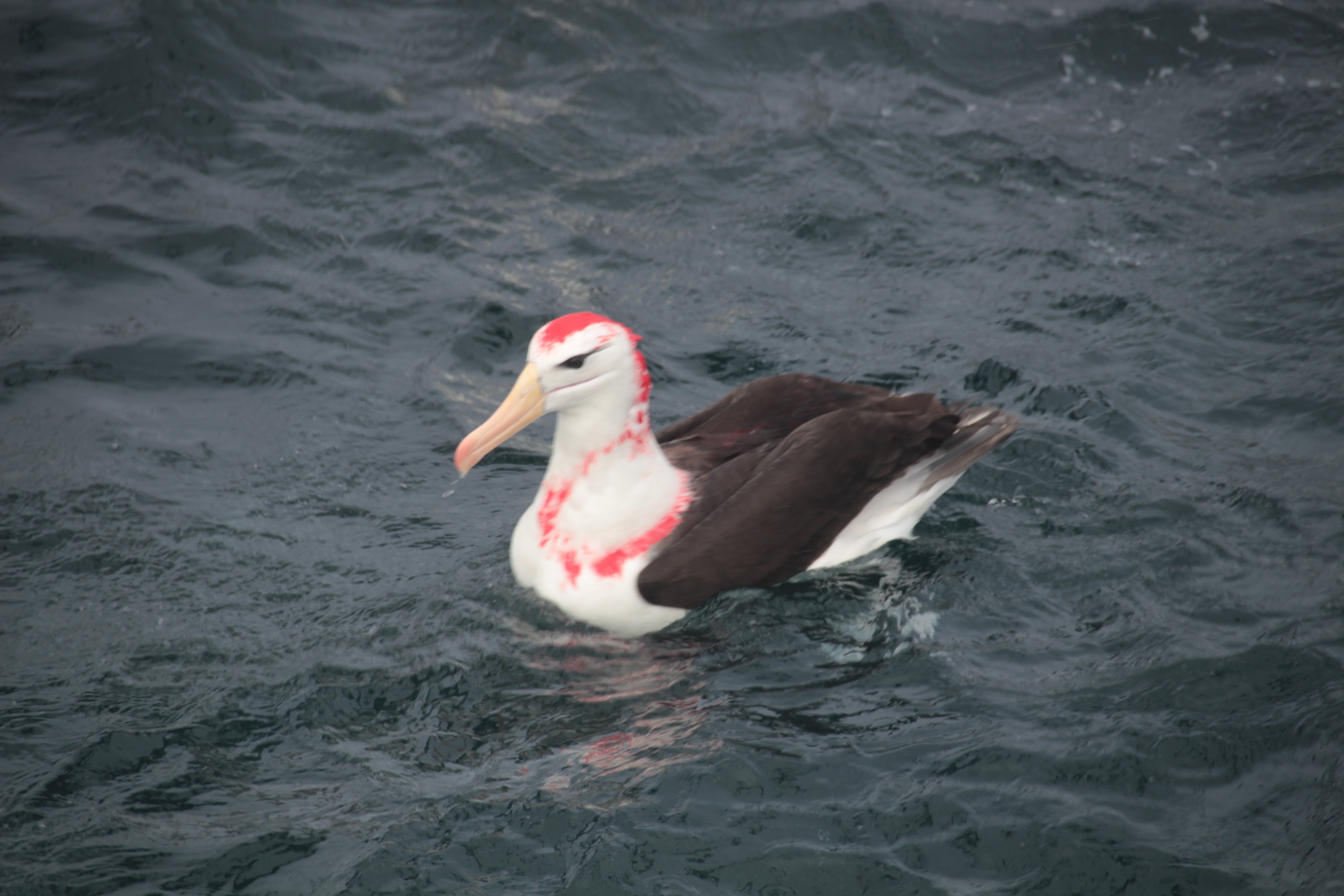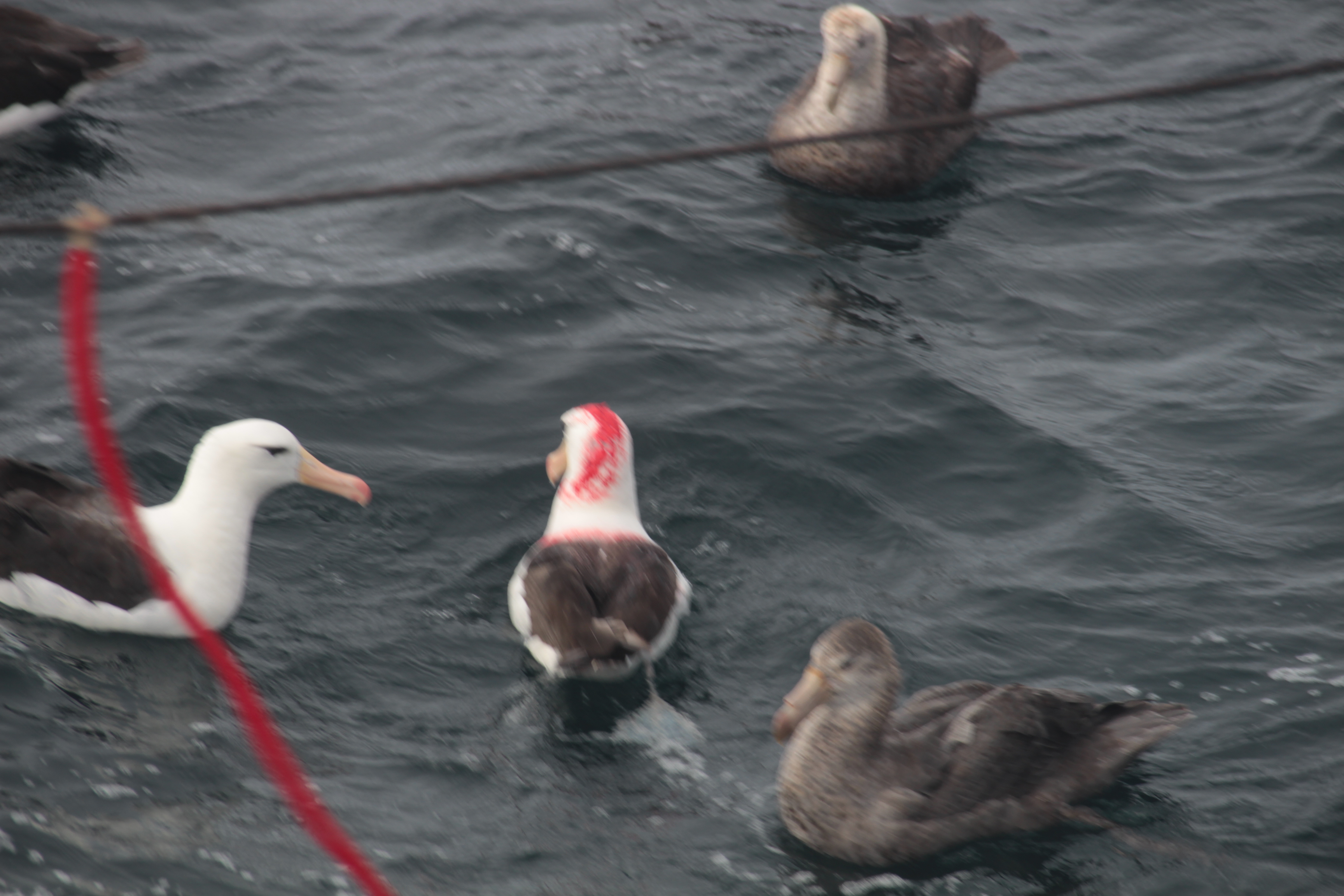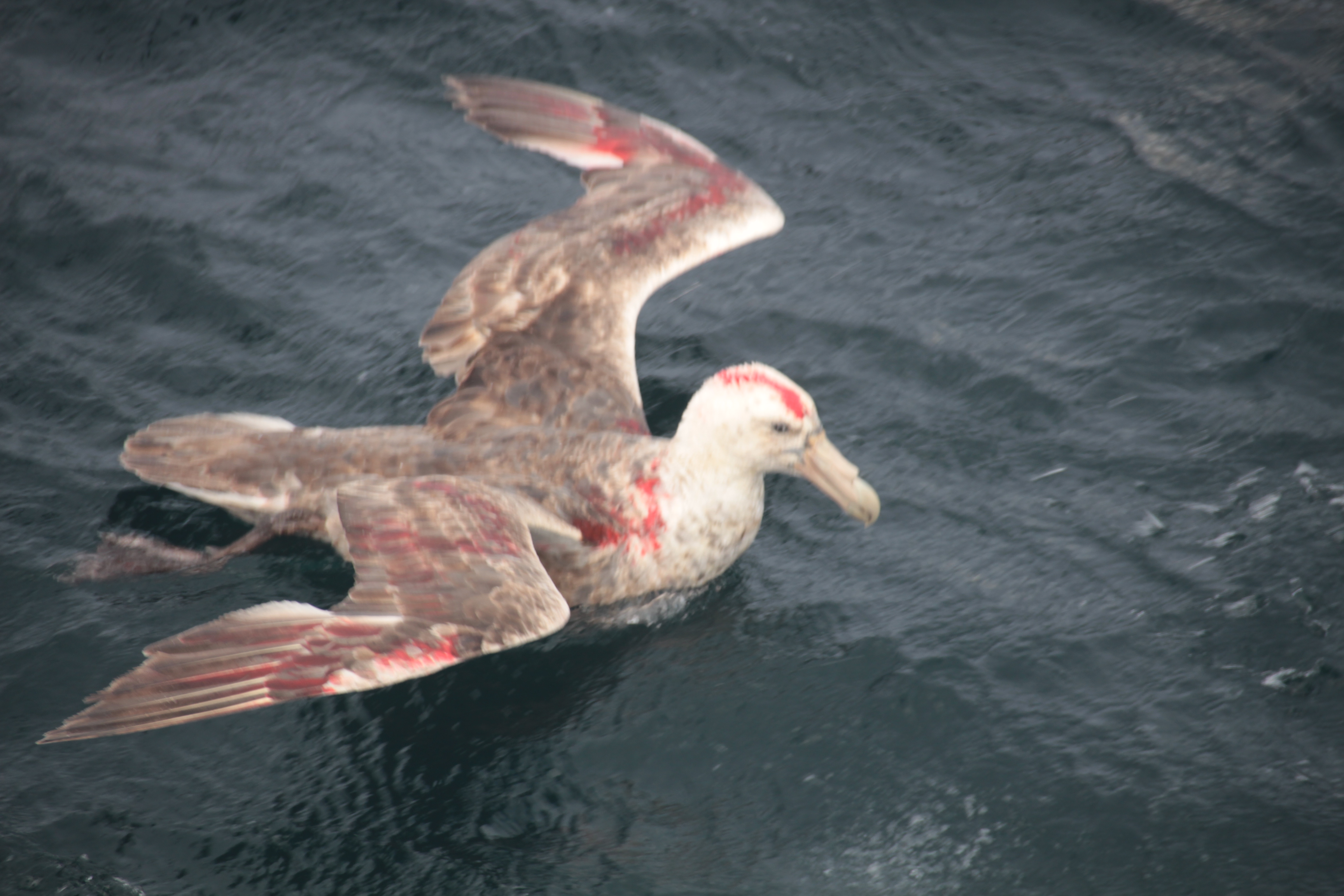Rachael Orben (Department of Fisheries and Wildlife, Oregon State University, Hatfield Marine Science Center, Newport, USA) and colleagues have published open access in the journal Endangered Species Research on the post-fledging wanderings at sea of the globally Vulnerable Short-tailed Albatrosses Phoebastria albatrus.
The paper’s abstract follows:
“The ability of juveniles of wide-ranging species to locate distant foraging regions can rely on innate or learned information. Reliance on innate cues could be problematic when conservation actions facilitate reintroduction. In the North Pacific, the short-tailed albatross Phoebastria albatrus is recovering from extensive harvesting, and has recently benefited from translocation efforts. Yet little is known about how naïve juveniles disperse or about individual distributions of immature short-tailed albatrosses. The primary goals of this study were to quantify the ontogeny of movement patterns and spatial distributions and compare these between naturally reared and translocated short-tailed albatrosses. We tracked 51 albatrosses for up to 5 years post-fledging: naturally reared chicks from their natal colony on Torishima, Japan, and chicks that were translocated 350 km to the southeast to Mukojima, Japan. Initial, more northerly dispersal of translocated fledglings suggests the ability to adjust to a new departure location. Fledglings’ departure paths differed from previously tracked adults departing Torishima, yet like adults, the majority of fledglings (81%) reached the Bering Sea that first summer, further supporting large-scale innate orientation abilities. Juveniles showed strong seasonal changes in distributions, traveling more in winter and occupying regions not typically used by adults (e.g. California Current, Sea of Okhotsk). As they aged, juveniles began to exhibit habitat fidelity to shelf-break regions, as anticipated from prior studies, yet continued to explore new regions with low levels of spatial fidelity. Juvenile short-tailed albatrosses explored almost the entire species range, highlighting the impressive capacity of individuals to transverse the North Pacific.”
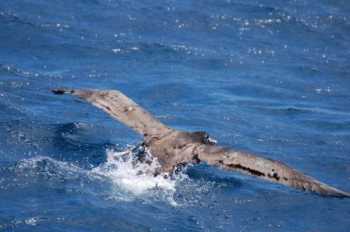
A fledgling Short-tailed Albatross takes its first flight
Reference:
Orben, R.A., O’Connor, A.J., Suryan, R.M., Ozaki, K., Sato, F. & Deguchi, T. 2018. Ontogenetic changes in at-sea distributions of immature short-tailed albatrosses Phoebastria albatrus. Endangered Species Research 35: 23-37.
John Cooper, ACAP Information Officer, 17 January 2018

 English
English  Français
Français  Español
Español 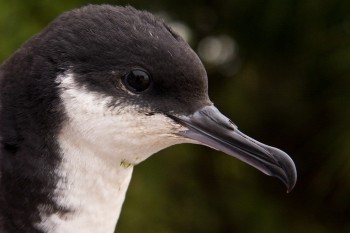
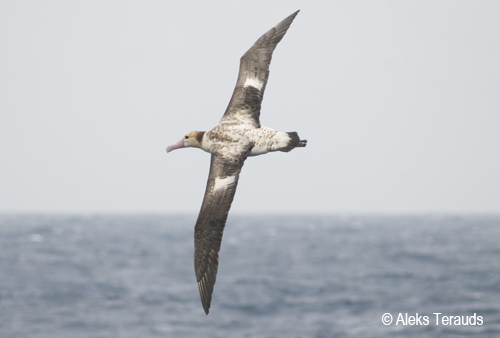 ,
,